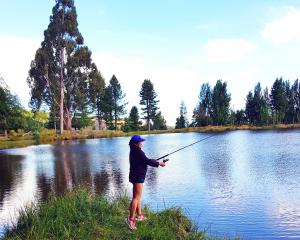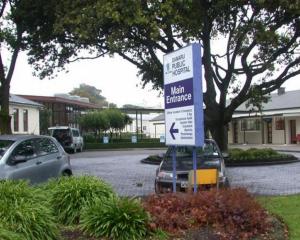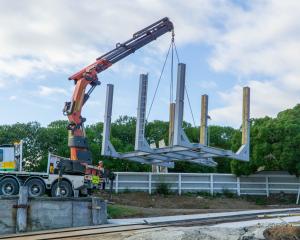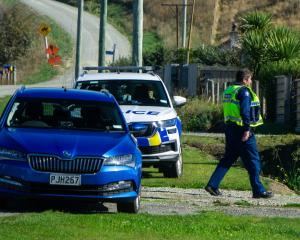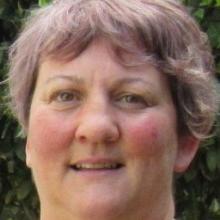
In addition to the staffing restructuring proposed, the Waitaki District Council-controlled organisation's confidential "proposal for change'' document, obtained by the Otago Daily Times last week, also detailed how the company could use space in the building more effectively.
It identified a need for patients "with the highest health needs'' to be closer together, so that the hospital could have "our most skilled staff working as a team''.
Under the proposal, a dedicated resuscitation room would be created within the emergency department, and the high dependency unit moved closer to it.
That would allow observation beds to be moved to the current minor operations rooms and appropriate day cases to be moved to the outpatients department.
Other cases would be worked on in the resuscitation room and a new minor operations room established "possibly within the current kitchen area''.
The document also proposed the hospital's allied health team be relocated to the rehabilitation gymnasium in the current high dependency unit.
Inpatients and community patients would be treated there and "all health disciplines'' would have access to the area.
The current physiotherapy gymnasium would become an additional meeting and training room, and the space that occupies the former Takaro Lodge would become a community space, office space and a doctor's sleeping room.
Ms Kibble said the changes would mean a greater level of care for patients.
"Bringing patients with the highest health needs into an area that has safe staffing levels and where the highest skill set sits, will improve patient safety and clinical quality. This is for medical and nursing staff alike. This 24-hour care area would then have those patients with the highest needs in close proximity not only to highly skilled staff but also medical equipment, and monitoring. Working in this way will have a significant benefit to patients and staff.
"Currently there are times where a nurse can be on duty on their own in ED and working in isolation. With the co-location of the patients with the highest needs, we will increase the staffing to this area so at a minimum there will be two nurses and one doctor on at any one time. In addition, going forward staff will upskill and hold rural hospital-level skill sets with improved skills in the acute care area. So, this will have a positive impact on staff.''
Similar layouts had been employed successfully at Lakes District Hospital and Dunstan Hospital, she said.


